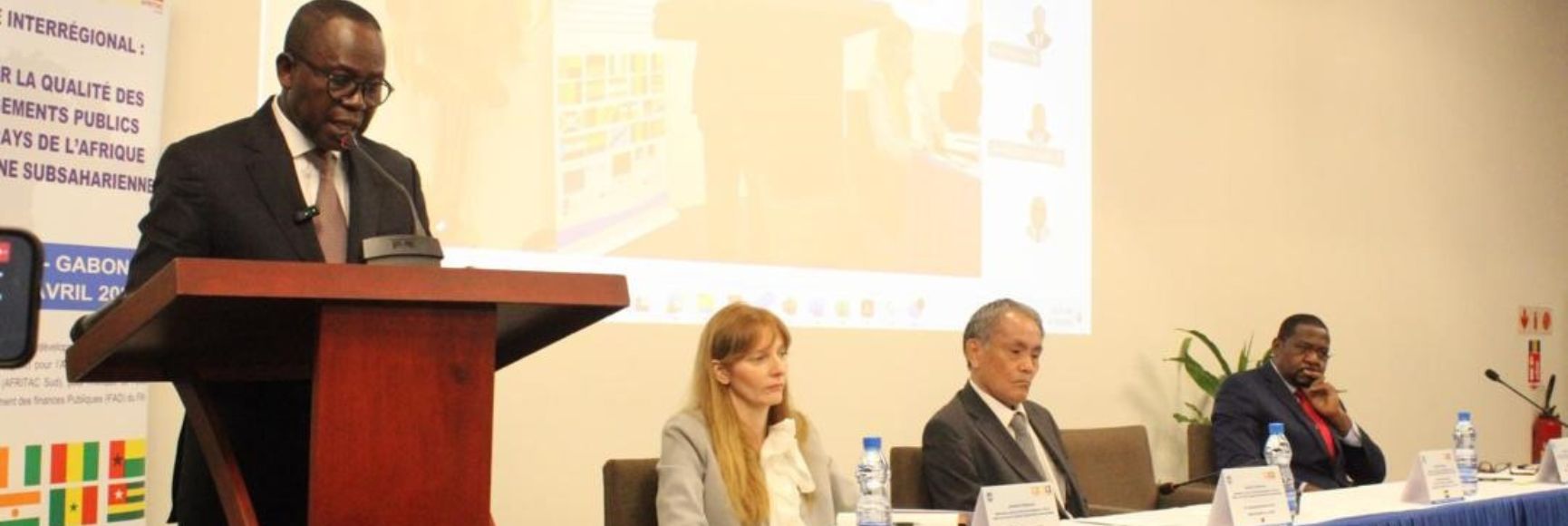Posted by Davina Jacobs
Given the sheer number of PFM technical assistance providers in the East-African Countries (and the magnitude of related PFM reform projects), one can not help to ponder the success rate of these TA interventions—are the improvements in the PFM systems noticeable? In this short blog, I will aim to focus on an important question: “Is budget credibility (as measured by the PEFA assessment tool) improving in Uganda, Kenya and Tanzania? The short answer is mostly “YES”, but with some areas of remaining concern.
A quick comparison of recent assessments of budget credibility in Uganda, Kenya and Tanzania, based on the PEFA Performance Measurement Framework, points to largely satisfactory performance for Kenya and Tanzania, but somewhat less so in the case of Uganda.[1] The table below gives a summary of the findings of the credibility of the budget in these countries.
Download Selected PEFA Indicator Scores for Uganda, Kenya, and Tanzania
The results of the latest draft PEFA assessment in Uganda [2] show that the annual budget is not yet a credible indicator of the actual out-turns of that year. (Rating of “A” would indicate full compliance with the requirements of the indicator). The measurement of variance has improved with the use of actual expenditure data in place of Treasury releases to the line ministries and departments, but the variance of actual expenditure to original budget is still high (rated C). In fact, over the last three years (2005/06 to 2007/08), the trend has been for aggregate variance to increase. Supplementary budgets are still used to revise budgets in line with actual expenditures, but these are outweighed by widespread underspending of budgets. This reduces confidence in the budget as a statement of government intent. At the line ministries and departments (MDAs) level, variance is also high (rated C). In 2007/08, all of the 20 largest MDAs underspent by percentages ranging from near zero to 57 percent. However, the PEFA calculation shows an improving trend.
Revenue collections are regularly meeting and exceeding budget targets (rated A), especially non-tax revenues being brought under URA management. Expenditure arrears are still significant but appear to be under close surveillance, with budget provision for clearing old arrears and tighter controls against new arrears. Above results for Uganda also confirms an assessment that was done earlier in 2008, the so-called “PEFA Lite” Assessment, available below.
The results for Tanzania are promising—all “A scores”, except for the PI-2 indicator, “comparing the composition of expenditure out-turns to original approved budget”—there has been an more than the required 20 percent variance at the vote level in two of the last three years with even larger variance at the sub-vote level.[3]
In the case of Kenya, the deviation in actual expenditure as compared to the approved estimate on aggregate level, excluding interest on public debt and foreign donor funding on development was - 11 percent for 2004/05, - 6 percent for 2005/06, and - 4 percent for 2006/07.[4] Hence, in one out of the last three years the total actual expenditure deviated by more than 10 percent of budgeted expenditure. For all three years the out-turn represented underutilization of the originally approved budget. The score for this indicator is hence a “B”. This is an improvement compared to the C scoring of 2006. However, the rating for indicator PI-2 is a B as the variance in expenditure composition exceeded 5 percent in no more than one of the last three years. This represents a change downward as the rating in 2006 was an “A”. The 2006 PEFA assessment was not able to take all the relevant expenditure arrears for the measuring the PI-4 indicator into account. At the same time there were some indications that the total outstanding bills have been reduced, and that old pending arrears have been cleared. Given the fact that the PEFA team was not able to verify these indications, they have chosen to retain the previous assessment of a “B” score for this indicator, but recommended a further prudent recording of all these types of arrears, including age profiles of the arrears for the future.
In conclusion, it would appear from this brief analysis that budget credibility in these countries are speedily improving, due to continuous TA support for PFM reform efforts (or perhaps regardless of TA interventions—any views from our faithful Blog readers?)
--------------------------------------------------------------------------------
[1] This framework was developed by the Public Expenditure and Financial Accountability (PEFA) partners as a tool that can provide reliable information on the performance of PFM systems, processes and institutions at a point of time and, by comparing ratings at two points of time, assess the progress over the intervening period. The methodology of this public financial management assessment tool is available at the PEFA website: www.pefa.org he draft assessment for Uganda was completed in November/December 2008.
[2] See Uganda: Draft PEFA Report, dated December 31, 2008.
[3] See Tanzania, 2006, Public Expenditure and Financial Accountability Review, World Bank Report No. 36642-TZ, p. 103.
[4] See Kenya, 2008, PEFA Report for Kenya, European Union, Project No. 9 FED GPR 15/25, 2008, p. 35.
Download Tanzania_Public Expenditure and Financial Accountability Review (FY05)






